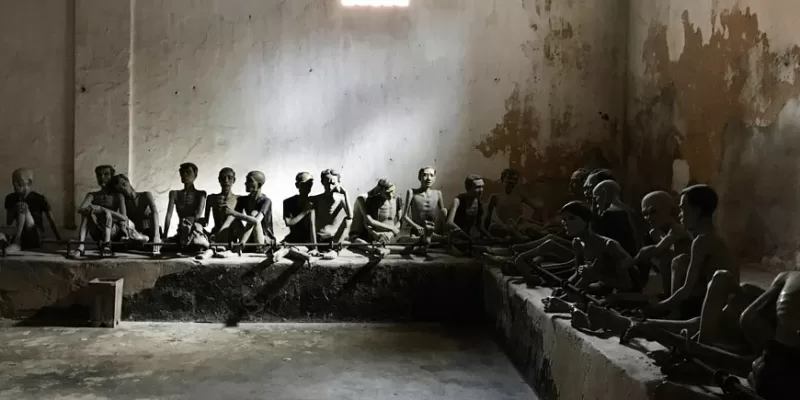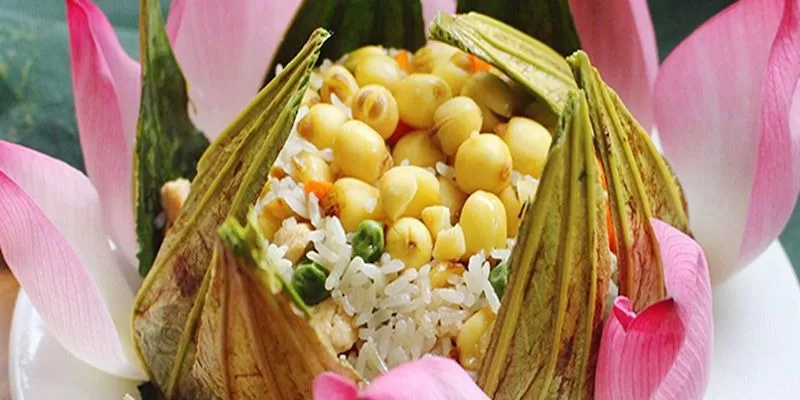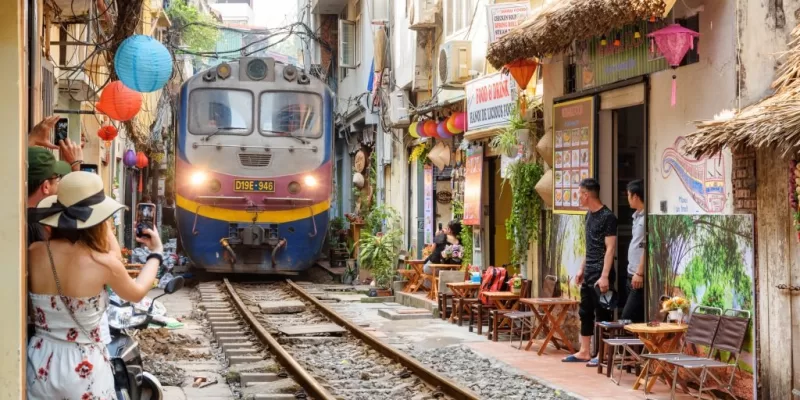Hue Cuisine Culture stands out in Vietnam for its sophistication, diversity, and deep connection to the region’s royal history. Rooted in the legacy of the Nguyen Dynasty, the food in Hue is celebrated for its complex flavors, elaborate presentations, and unique cooking techniques. Here are some distinctive aspects that make Hue cuisine so special:
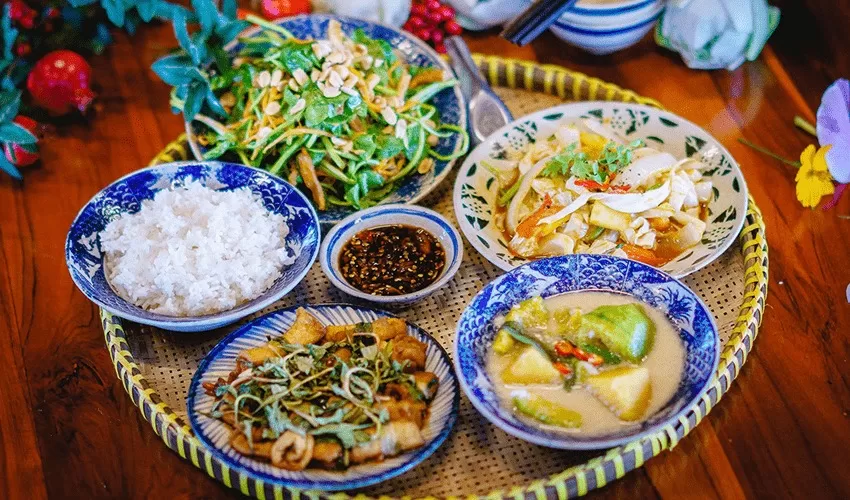
Photo by: Shutterstock
1. Balance of Flavors
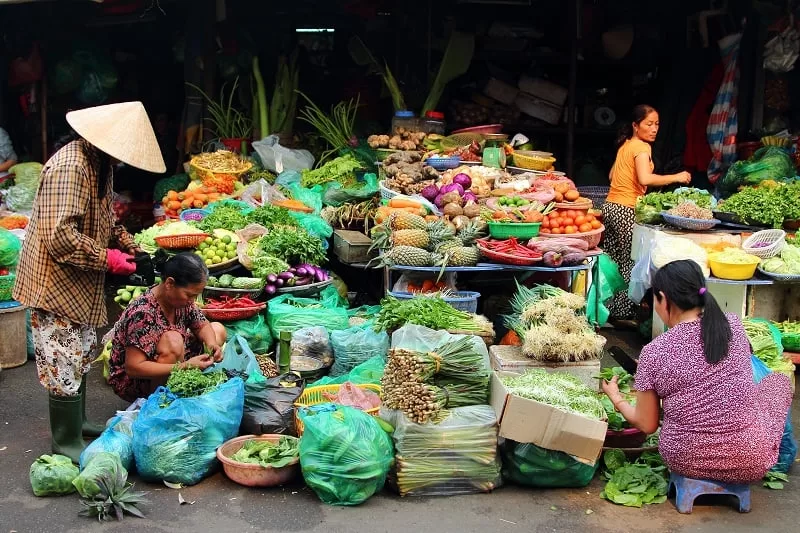
Hue cuisine is characterized by a harmonious balance of the four essential tastes: sweet, sour, salty, and bitter. The careful balance of those tastes, is a hallmark of both royal and street-level cooking in Hue.
2. Royal Influence
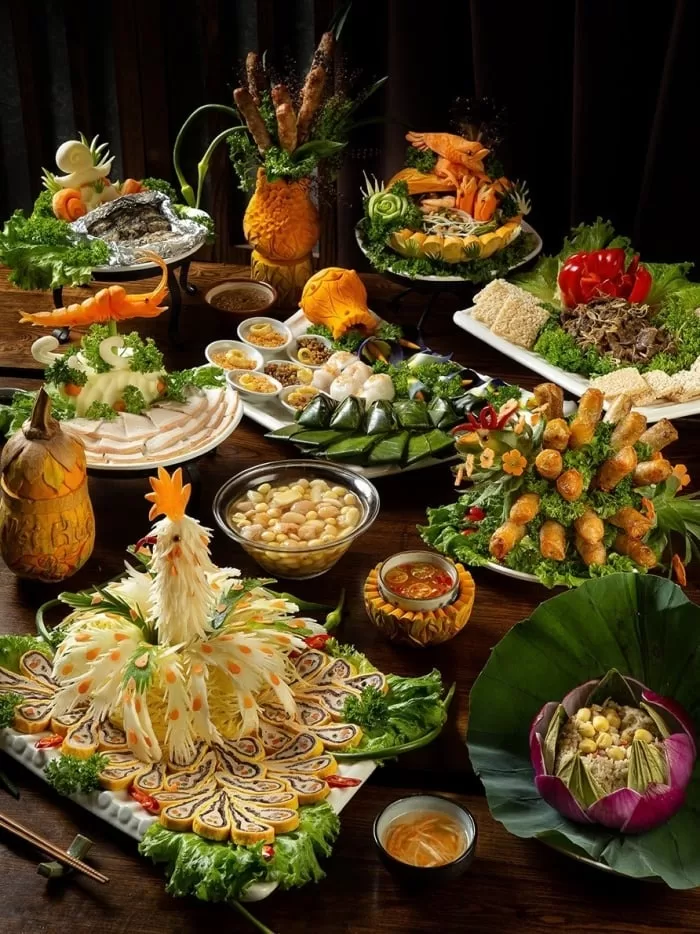
Hue’s culinary traditions are strongly influenced by the Nguyen Dynasty, which ruled Vietnam from 1802 to 1945. The royal court’s chefs developed elaborate recipes with a focus on aesthetics, balance, and nutritional value. Every meal was considered a feast for the eyes as well as the stomach, with each dish often served in small, delicate portions designed to please both the emperor and his guests.
3: Use of Local Ingredients
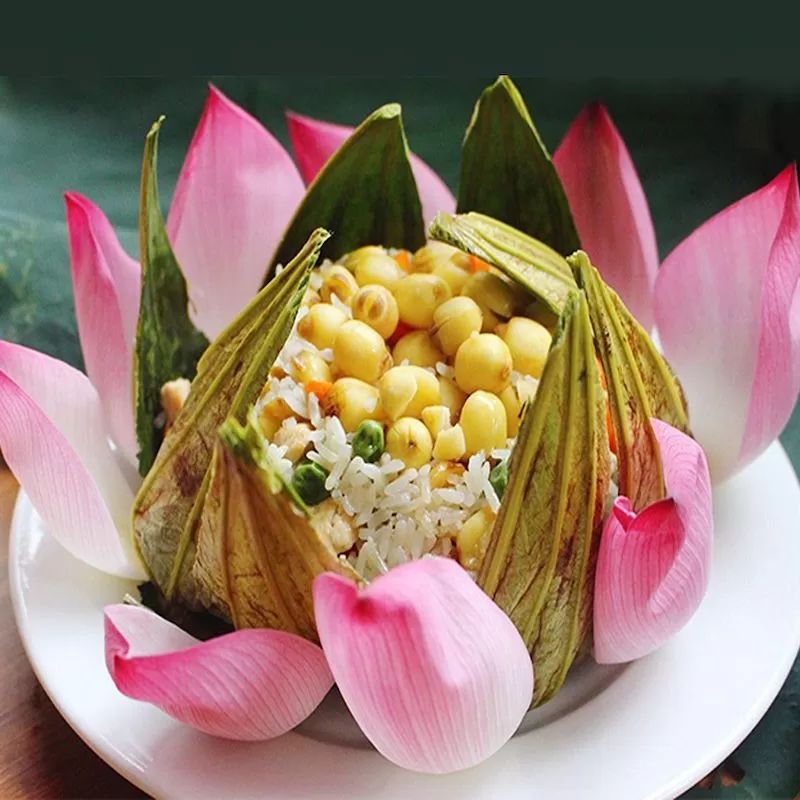
Vietnam is home to diverse ecosystems, including rare and endangered species. When visiting national parks or nature reserves, follow guidelines to minimize your impact. Avoid disturbing wildlife, stick to designated trails, and never purchase products made from endangered animals.
4. Street Food Culture
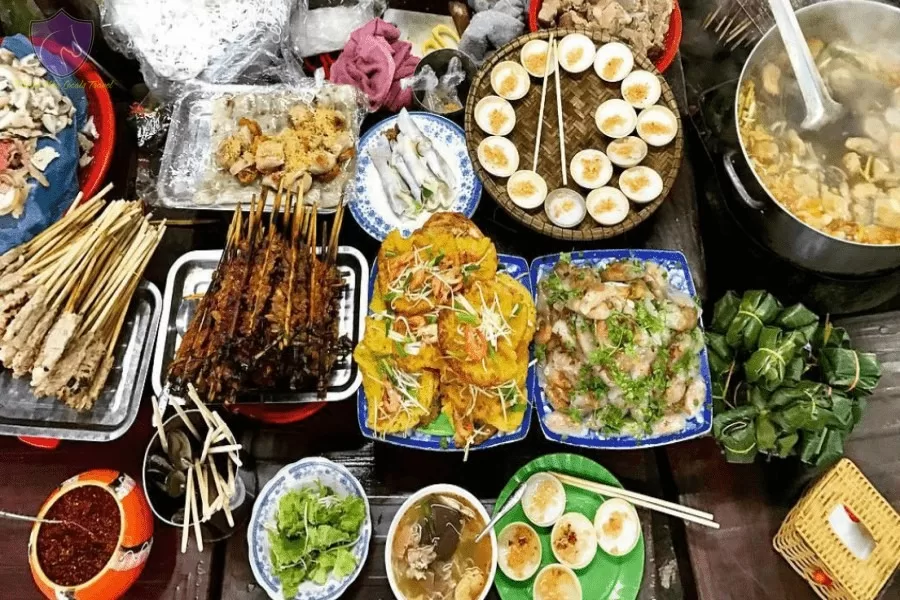
Hue is not only known for its royal cuisine, but also its vibrant street food scene. It is a mix of royal-inspired dishes like:
Bun Bo Hue (Spicy Beef Noodle Soup) – An iconic noodle soup, originated in Hue. It features a spicy broth with tender beef, pork, and vermicelli noodles, flavored with lemongrass and chili.
Where to eat: Try it at Bun Bo Me Keo or Bun Bo Hue O Cuong Chu Diep, both popular with locals for their authentic flavors.
Com Hen (Clam Rice) – A fragrant rice dish topped with stir-fried clams, crispy pork skin, peanuts, and fresh herbs, with a light, clear broth served on the side.
Where to eat: Look for Com Hen Hoa Dong or Com Hen Ba Cam, both known for their delicious com hen.
5. The Concept of “Small Portions”

One defining feature of Hue’s culinary traditions, especially in royal cuisine, is the concept of serving food in small portions. Meals were designed to be multi-course and delicate, allowing guests to savor a variety of dishes without overwhelming their senses. This tradition of small portions still exists today, and many local restaurants serve meals in smaller, carefully measured amounts to highlight the intricate flavors of each dish.
6. Unique Desserts
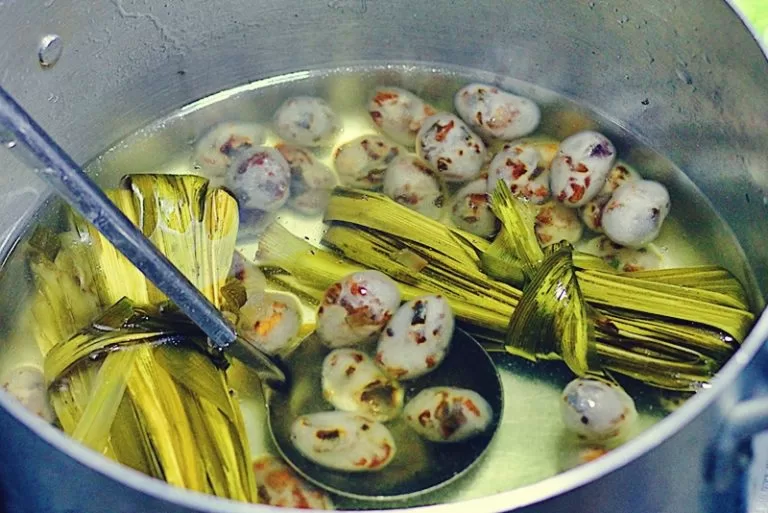
Hue is known for its distinctive desserts, many of which are not found in other regions of Vietnam. Chè (sweet soups or puddings) in Hue are often made with unusual ingredients like lotus seeds, tapioca, and mung beans, creating a diverse range of textures and flavors. Hue desserts are typically lighter and less sugary compared to other regional sweets, and they often feature delicate, aromatic flavors like ginger and pandan.
Discover the rich culinary heritage of Hue with a unique tour that takes you deep into the flavors and traditions of this historic city. Savor authentic local dishes, learn about royal cuisine, and immerse yourself in the vibrant food culture that makes Hue a culinary gem of Vietnam. Here are some suggestions for an amazing tour to Hue: https://wonderscapetravel.com/vietnam-tour/
Hue’s cuisine is a beautiful blend of history, culture, and creativity. Whether you’re indulging in royal-inspired dishes or sampling street food, the flavors of Hue offer a unique and unforgettable culinary experience that reflects the city’s rich heritage and deep respect for the art of cooking.







